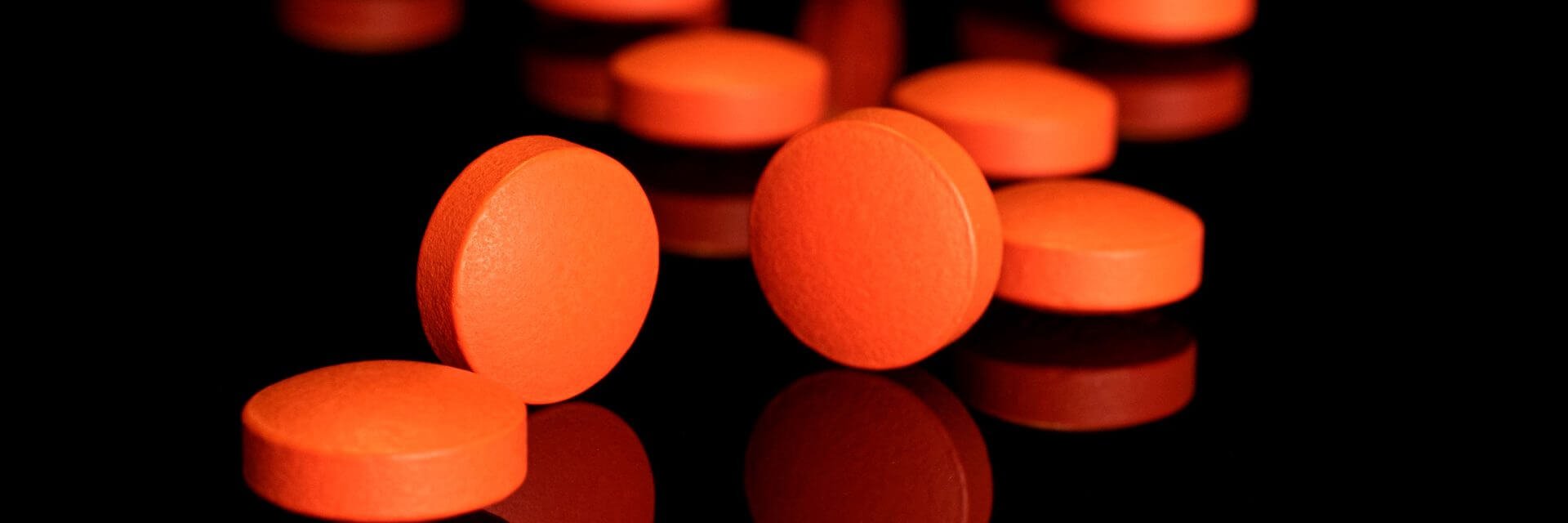The animal health market is changing. These four strategies will help your facility change with it.
Read More
Behind every rapid response is a strong regulatory strategy
During a global pandemic, the pharmaceutical industry must juggle the need for speed and the need to protect patient safety. A strong regulatory strategy makes it possible to accelerate drug development without getting slowed down by compliance considerations.
Read More
An overview of oral solid dosage manufacturing
Oral solid dosage (OSD) products can take several different shapes, and with those different forms comes different production techniques and facility designs. Here’s what is involved with manufacturing an orally-ingested drug product.
Read More
The basics and the process of drug approval
The COVID-19 pandemic has put the spotlight on the FDA drug approval process. Why will it take so long for a vaccine to get approved?
Read More
Preventing the next pandemic: mRNA vaccines and siRNA oligo therapies
Investing in promising new pharmaceutical platforms like oligonucleotide therapies could reduce the gap between first detection and total eradication in future pandemics.
Read More
How long will it take to get a COVID-19 vaccine to market?
Vaccines and therapies can’t come soon enough for a world facing an unprecedented threat from COVID-19.
Read More
A COVID-19 roadmap for oral solid dosage manufacturers
OSD products show great promise as treatments for the symptoms of COVID-19.
Read More
COVID-19 drug development strategies
All eyes are on those on the front lines seeking to develop and produce new drugs. There’s unprecedented pressure to offer both immediate treatments for those affected and long-term biotherapies and vaccines to prevent future epidemics.
Read More
Managing supply chain disruptions in the pharmaceutical industry
The COVID-19 pandemic will have far-reaching implications, including supply chain disruptions for pharmaceutical manufacturers.
Read More
Keys to accelerating your COVID-19 drug campaign
As SARS-CoV-2 moves fast through our global population, the pharmaceutical industry faces tremendous pressure to move even faster.
Read More